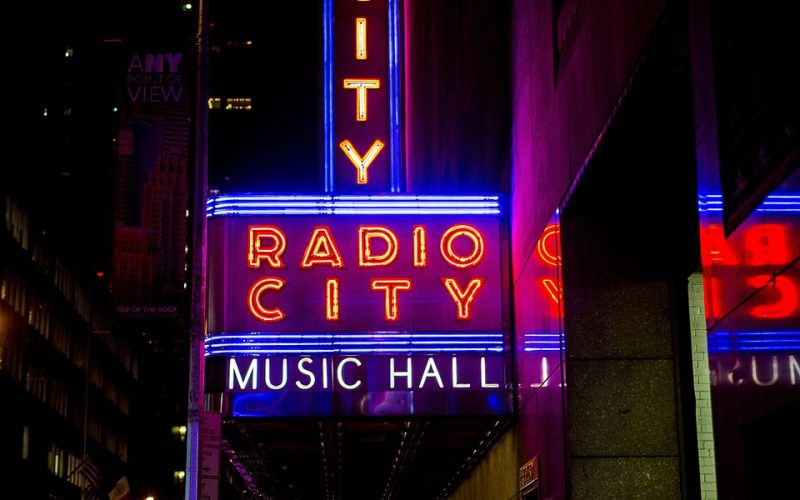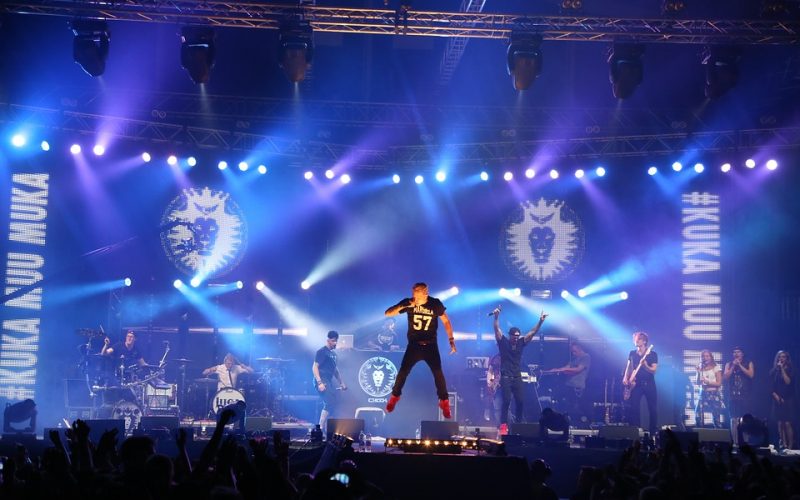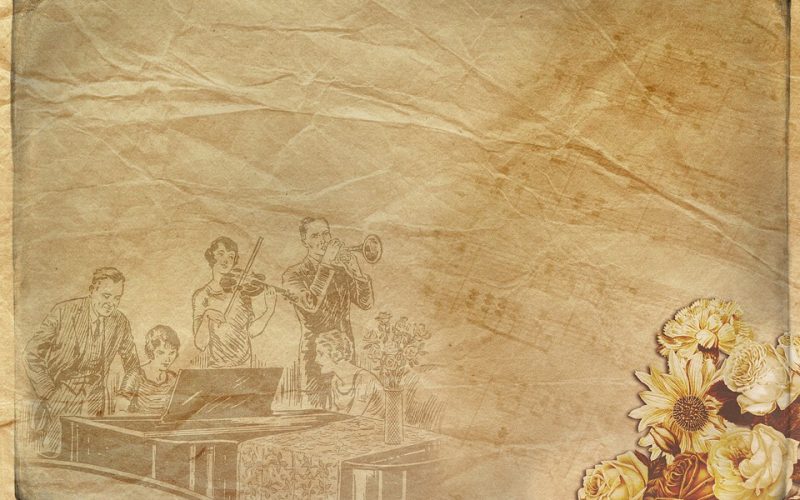Old-Fashioned Music Halls
Participation in music is a form of entertainment that pleases large crowds even today, and music halls were one place where this concept was used as the main way to attract audiences. Admission for patrons included a meal, alcoholic beverages and entertainment, but singing along to popular songs by stage artists was a choice for the customer and part of the experience. They could sit back with a glass of their favourite beverage and enjoy the work of others, but participating by singing along was the major draw for many of them.
Musical entertainment was the original draw for these businesses, but the fickleness of audiences is a factor that made variety important. Between musical acts, the stage managers would often include entertainers who did not sing or play instruments. The audience, unable to participate, could relax and dine or converse during these segments. This was a boon for businessmen who were entertaining clients, and it was also good for large groups of friends and family to catch up on their lives.
The original music halls were often large, and the joviality of the crowd could be an issue. Alcohol was often a factor, so interludes where the audience did not participate was an excellent way to let the crowd relax before they got out of hand. Watching a dramatic act requires concentration, and the audience would have a chance to focus in an atmosphere that would calm them.
Music halls enjoyed nearly a century of popularity, but audiences eventually began to seek different forms of entertainment. As they moved back towards the theatre and opera houses, smaller venues were found for those who still loved the participatory aspect. Pubs set aside rooms as music halls, and some small supper clubs flourished before the First World War closed most of them down permanently.


